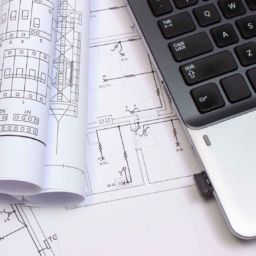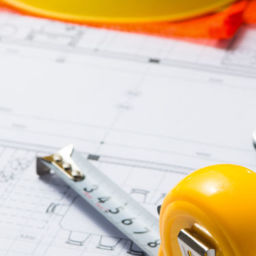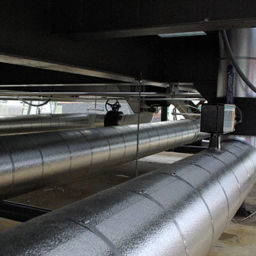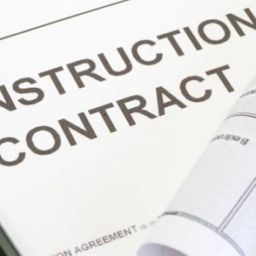
If your firm is about to handle a project that is heavy with electrical needs, you know exactly how important the electrical estimation will be for developing your final bid on the project. If your electrical needs aren’t estimated properly, it can cost you quite a bit.
So, you probably want to start by taking your estimation needs to a professional team. That’s how you’ll get the most accurate estimate possible, and you’ll have real people to communicate with if a particular aspect of a unique project concerns you.
How does that service calculate your electrical estimate, though? Well, it can get a little complicated.
Depending on the service you hire and the project itself, one of several methods might be used to generate an estimate.
Today, we want to go over those methods, so you have a better understanding of each item factoring into your estimate.
1: The Educated Guess
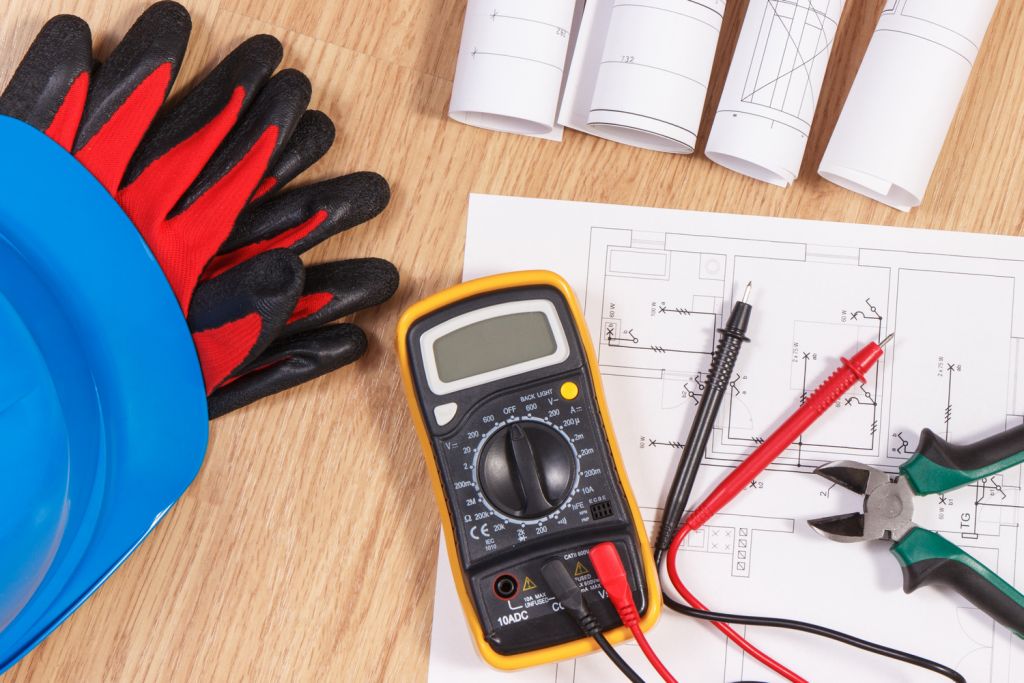
We’ll start with one method that you should look out for. The “educated guess” method is often used by haphazard companies with a short glance at the overall project. Sure, it’s probably based on their experience with other similar projects, but the best that offers is a ballpark figure that can be off by thousands of Pounds.
As a rule of thumb, you should avoid any service that doesn’t look into the small details whatsoever.
2: Calculating Labour Per Unit
This is one of the most common methods that are actually acceptable and capable of giving you an accurate estimate for many types of projects.
With this method, labour costs are assigned to a “unit”, and each type of electrical feature is given a unit value.
You might have a labour cost of £100, and that would be the minimum cost of a unit. So, something very simple, such as a light switch, might be one labour unit. In short, that would be £100. However, something far more complicated, such as an electrical panel or safety sensor might be worth 4 labour units. That would create a cost of £400 per feature.
This method allows you to create your bid based on how much work is actually going to go into each feature.
This can be an effective way to generate an estimate because it bases the price on the real output of the project, but you have to be careful. Not only do you need to put a lot of work into determining your labour cost per unit, but you also need to leave room for unexpected condition changes.
With a professional team of electrical estimators calculating your bid, such details will be taken into account; making this a far more accurate method when done professionally in comparison to using it yourself.
3: Assigning Points to Features
This method is similar to the labour unit method, but it assigns a value to electrical features rather than the labour cost of those features.
For example, the simplest form of this method would count each feature of the project as a “point”. Each light switch, sensor, panel, power location, light fixture, and more would count as 1 point each.
Points would then be assigned a value. So, let’s say you calculate each point as £50 based on local market prices, your company’s costs, and anything else that might affect it. After looking at the plans, you add up a total of 100 points for a small project. That would be a £5000 project.
This method makes calculating an electrical estimate extremely fast. If you already have your per-point value determined, you just have to count up all the features and multiply them by the per-point value.
However, this method does not take into account the distances you’ll need to cover with wire, special situations that require more or less work, and various other intricacies that are much more complicated.
As such, you can easily end up with an inaccurate. You can bid lower than needed and end up wasting money on unforeseen labour and material costs, or you can bid too high and get outbid by a competitor. This method is best used for clear-cut projects with few opportunities for hidden costs to pop up.

4: Square Footage
Square footage is a great method for repetitive projects.
If you have worked on hundreds of condominiums, and they all tend to be the same size, have the same material requirements, and take the same amount of labour, it’s typically safe to look at the plans, calculate the square footage of the project, and generate an estimate based on prior experience.
This saves time, leverages your experience, and is accurate when used appropriately. With the right precautions, you can create an attractive bid with minimal waste and without overpricing it.
However, if you don’t look at the plans to check for unusual electrical needs, you can easily end up underbidding the project.
How Do Electrical Estimators Choose the Right Method for Your Estimate?
As you can see, there is more than one method to estimate the electrical needs of your project. The three we listed here aren’t even all of them. They’re just the most common.
The service you hire to handle your electrical estimation will choose a method based on the information you provide, the project plans, and various factors that could affect your project. Essentially, they’ll break everything down and find an option that suits your specific project best.
This isn’t all they’ll do, though. Electrical requirements are just a small part of most construction projects. The number generated here will be used along with mechanical estimates, overhead cost estimates, and more to come up with a final bid.
The method chosen needs to mesh well with the estimation methods used to determine those other key factors in the overall project, or your final bid amount can be off dramatically. To get the best electrical estimation possible, always hire a professional team






